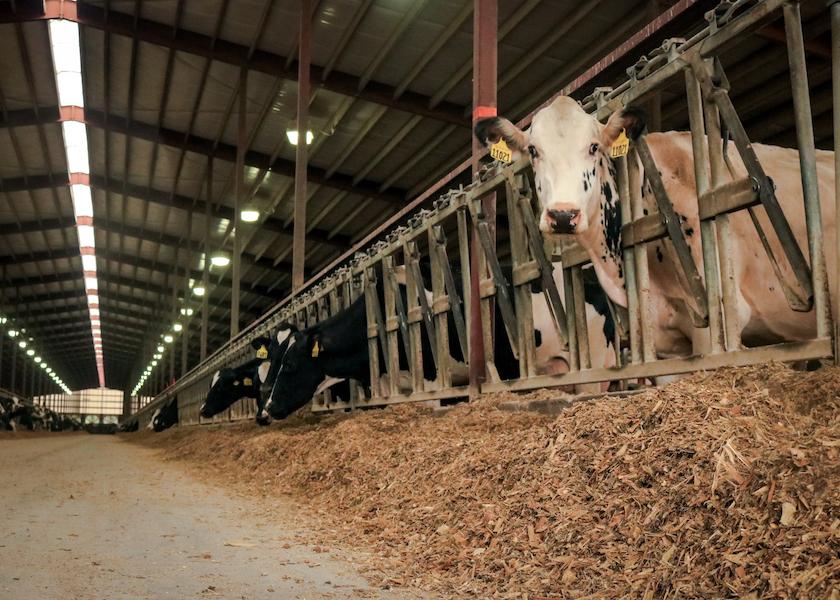Fine Tune Feed Evaluation with Total Tract NDF Digestibility

About one-fourth of the energy for milk production in high-producing dairy cows comes from digested fiber. But fiber comes in many different packages.
Total tract NDF digestibility (TTNDFD) is a comprehensive measure of fiber digestion that provides a more complete picture of a feedstuff’s ultimate, energy-producing potential than other, more limited fiber assessments.
“Total tract” refers to digestion that occurs both in and outside the rumen. According to University of Wisconsin ruminant nutrition researcher Dave Combs, up to 10% of total fiber digestion can occur beyond the rumen in the hindgut.
“NDF” stands for neutral detergent fiber, a laboratory assay used to assess the total content of fiber in a feed. NDF alone is not entirely predictive of a feed’s value, because different feedstuffs have unique digestible fractions of NDF, and the feedstuff passage rate through the cow varies.
“Digestibility” of NDF – how much and how quickly it breaks down into usable energy -- also influences feed intake and milk production. In this bulletin, Combs said fiber digestibility can have a much greater impact on milk production than the digestibility of any other feed component.
The four critical factors upon which TTNDFD is based are:
- The proportion of fiber that is potentially digestible.
- The rate of digestion and potentially digestible NDF (kd).
- The rate of passage of potentially digestible NDF through the cow (kp).
- Ruminal and hindgut fiber digestion.
TTNDFD integrates all of these factors to produce a single value. This number predicts the proportion of the total NDF that will digest in the cow’s total tract – from mouth to manure – and indicates the energy from fiber that can be used to support milk production.
Rather than measuring NDF digestion at a single time point in the digestive tract, such as NDFD30, TTNDFD assesses the extent of digestion at 24, 30, 48, and 240 hours. It differs from other feedstuff assessments because it is a direct, quantitative predictor of fiber digestion.
It also is a valuable metric because it allows producers and nutritionists to make apples-to-apples comparisons between feedstuffs. TTNDFD is one number that can be used on multiple feed types to help predict dairy cow performance based on fiber digestibility.
Because TTNDFD drills deeper into the total digestibility, passage rate, and energy-producing potential of a feedstuff, it can help explain why two forages feed differently, even though they have similar relative forage quality assessments. A feedstuff with lower TTNDFD will likely have a slower passage rate and thus suppress dry-matter intake (DMI).
At least one commercial nutrition lab offers TTNDFD evaluation of feed samples based on an in vitro assay developed by Combs and his team. The assay has been calibrated to near infrared spectroscopy (NIRS) and can quickly and affordably assess TTNDFD in samples of alfalfa, corn silage, grass forages, and co-product feeds.
The formula for evaluating TTNDFD is based on a dairy cow consuming about 53 pounds of dry matter per day. Combs said dairy diets for high-producing cows typically are formulated to contain about 28-30% NDF, and the TTNDFD should be at least 42%, but preferably closer to 48%. A 2-to-3-unit increase in TTNDFD represents enough additional energy to support about a pound of additional milk yield.







